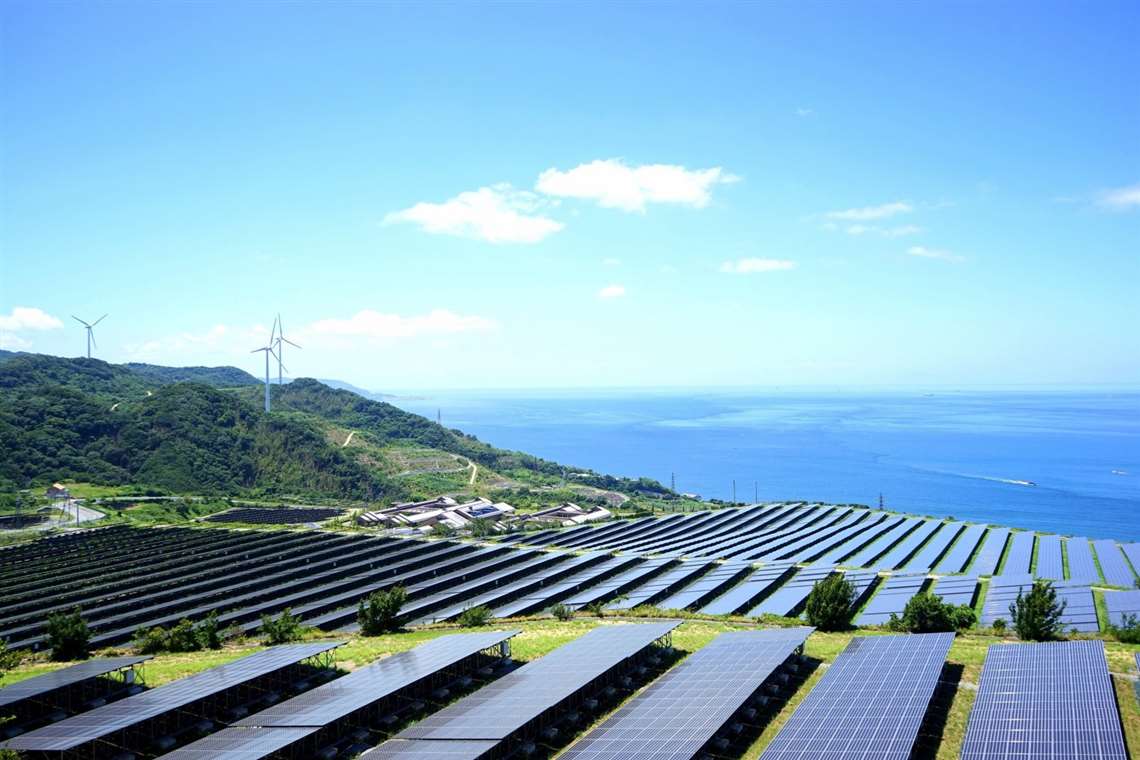Renewables Account For Third Of Global Power Capacity: Report
02 April 2019

Nearly two-thirds of all new global power generation capacity added in 2018 came from renewables, according to a new report from the International Renewable Energy Agency (IRENA).
The report found that globally, 171 GW of renewable power generation came on line in the year, an increase of 7.9% from 2017. The increase was bolstered by additions from solar and wind energy, which accounted for 84 per cent of the growth. A third of global power capacity is now based on renewable energy, according to IRENA.
While Asia accounted for 61% of total new renewable energy installations and grew installed renewables capacity by 11.4%, growth was fastest in Oceania that witnessed a 17.7% rise in 2018. Africa’s 8.4 % growth put it in third place just behind Asia.
“Through its compelling business case, renewable energy has established itself as the technology of choice for new power generation capacity,” said IRENA Director-General Adnan Z. Amin. “The strong growth in 2018 continues the remarkable trend of the last five years, which reflects an ongoing shift towards renewable power as the driver of global energy transformation.
IRENA’s analysis also compared the growth in generation capacity of renewables versus non-renewable energy, mainly fossil-fuels and nuclear. While non-renewable generation capacity has decreased in Europe, North America and Oceania by about 85 GW since 2010, it has increased in both Asia and the Middle East over the same period. Since 2000, non-renewable generation capacity has expanded by about 115 GW per year (on average), with no discernible trend upwards or downwards.
Highlights by technology:
- Hydropower: Growth in hydro continued to slow in 2018, with only China adding a significant amount of new capacity in 2018 (+8.5 GW).
- Wind energy: Global wind energy capacity increased by 49 GW in 2017. China and the USA continued to account for the greatest share of wind energy expansion, with increases of 20 GW and 7 GW respectively. Other countries expanding by more than 1 GW were: Brazil; France; Germany; India; and the UK
- Bioenergy: Three countries accounted for over half of the relatively low level of bioenergy capacity expansion in 2018. China increased capacity by 2 GW and India by 700 MW. Capacity also increased in the UK by 900 MW
- Solar energy: Solar energy capacity increased by 94 GW last year (+ 24%). Asia continued to dominate global growth with a 64 GW increase (about 70% of the global expansion in 2018). Maintaining the trend from last year, China, India, Japan and the Republic of Korea accounted for most of this. Other major increases were in the USA (+8.4 GW), Australia (+3.8 GW) and Germany (+3.6 GW). Other countries with significant expansions in 2018 included: Brazil; Egypt; Pakistan; Mexico, Turkey and the Netherlands.
- Geothermal energy: Geothermal energy increased by 539 MW in 2018, with most of the expansion taking place in Turkey (+219 MW) and Indonesia (+137 MW), followed by the USA, Mexico and New Zealand.
IRENA is an intergovernmental organization that supports countries in their transition to a sustainable energy future and serves as the principal platform for international cooperation, a center of excellence, and a repository of policy, technology, resource and financial knowledge on renewable energy.
POWER SOURCING GUIDE
The trusted reference and buyer’s guide for 83 years
The original “desktop search engine,” guiding nearly 10,000 users in more than 90 countries it is the primary reference for specifications and details on all the components that go into engine systems.
Visit Now
STAY CONNECTED




Receive the information you need when you need it through our world-leading magazines, newsletters and daily briefings.
CONNECT WITH THE TEAM









